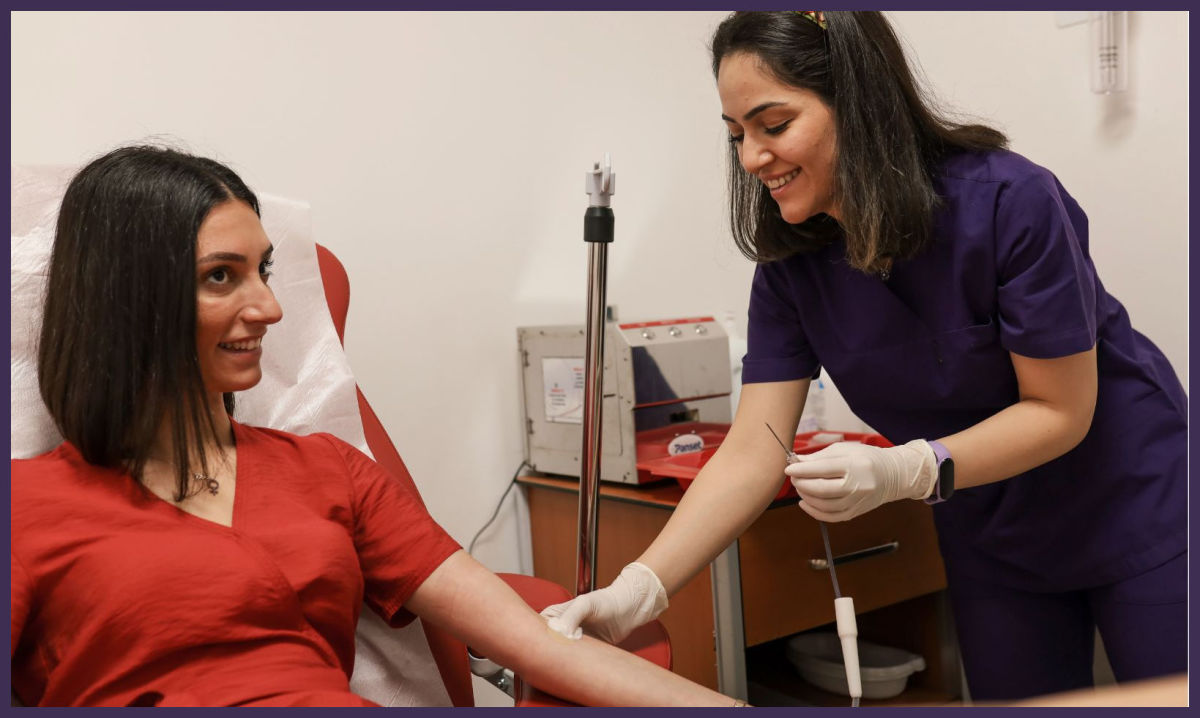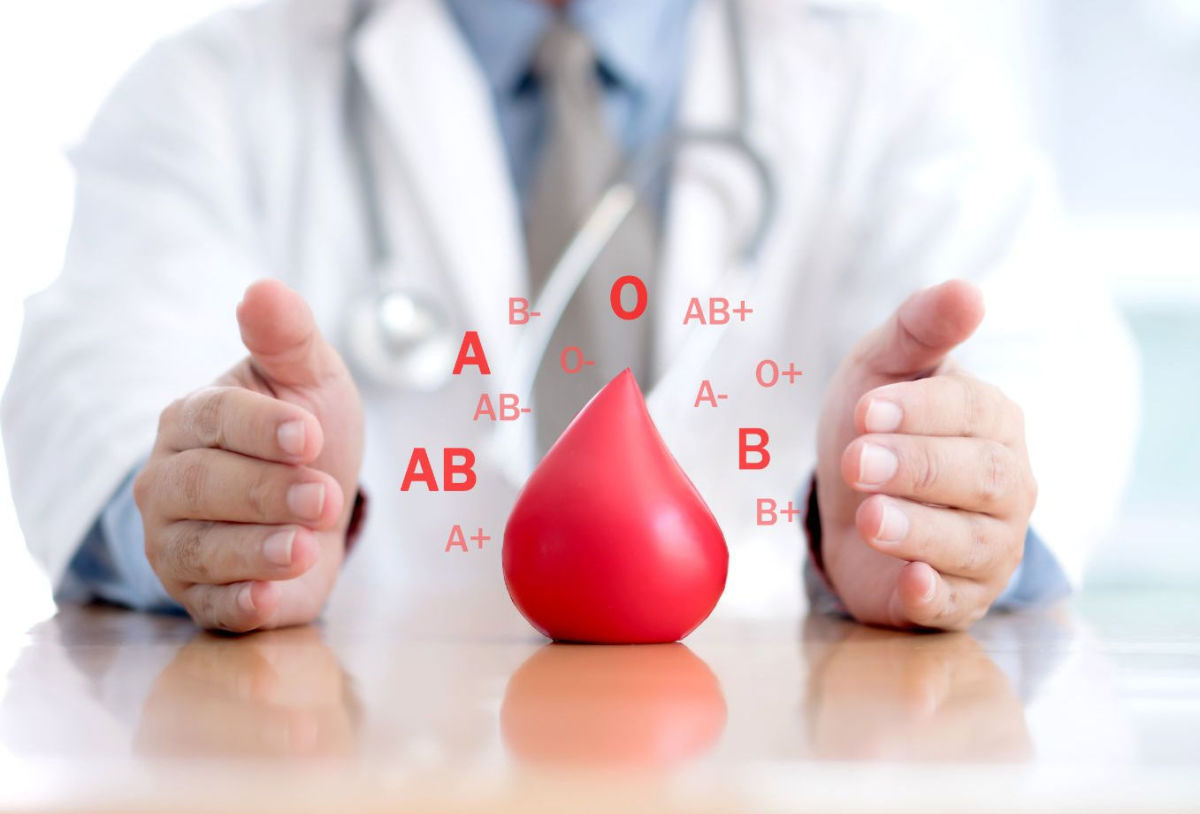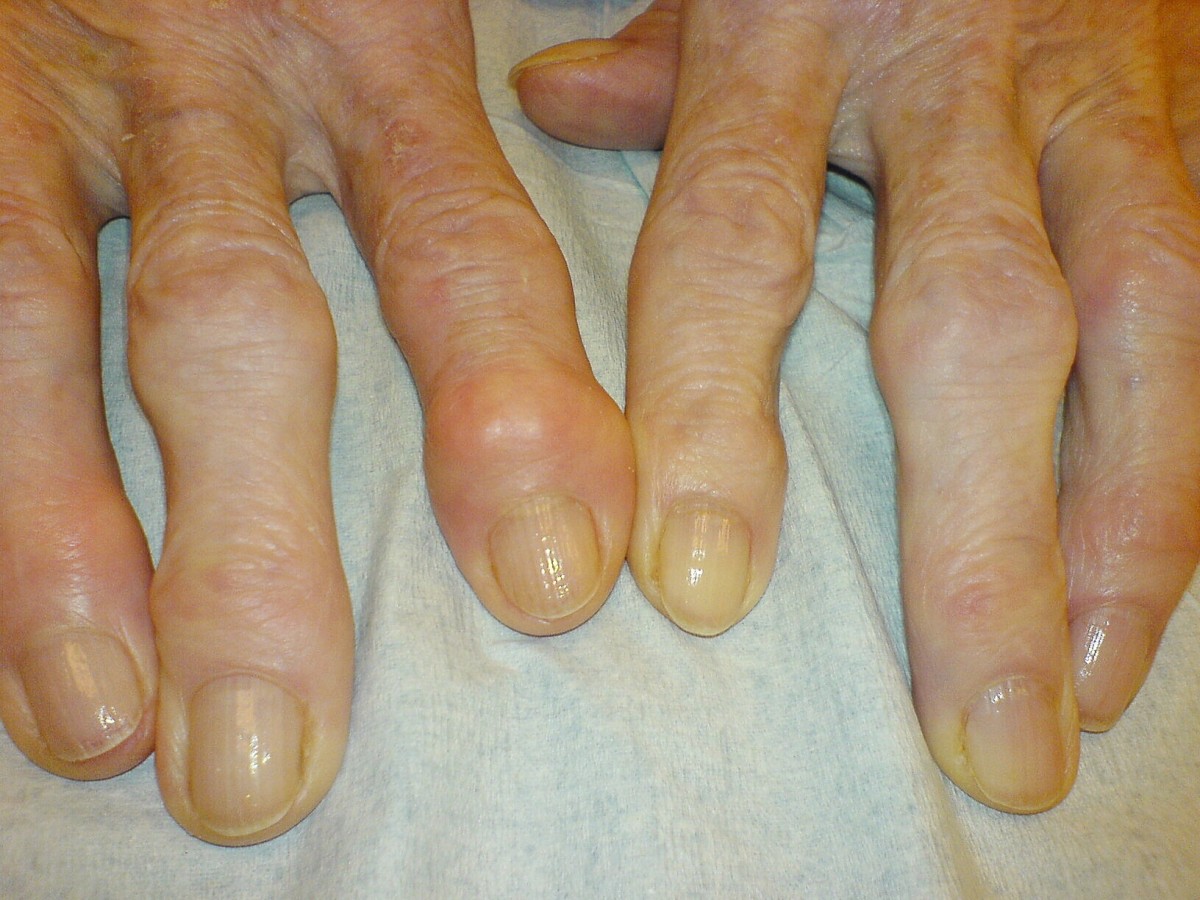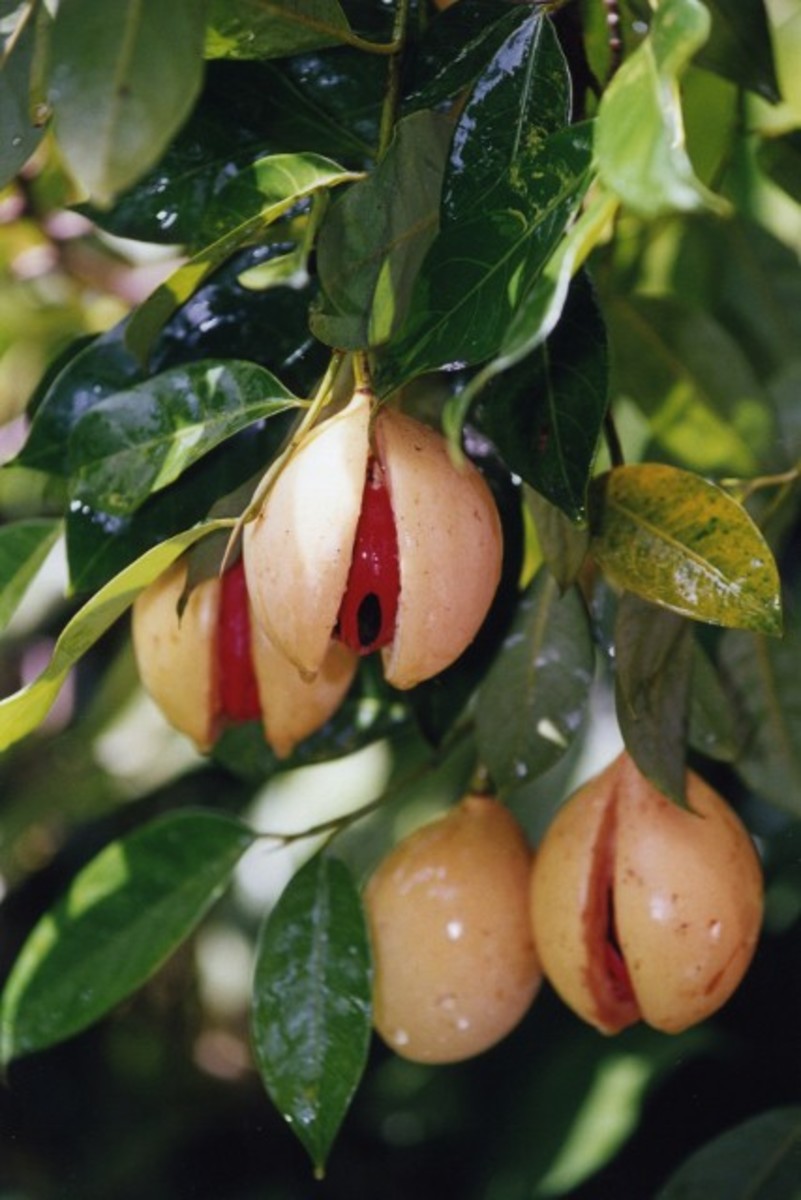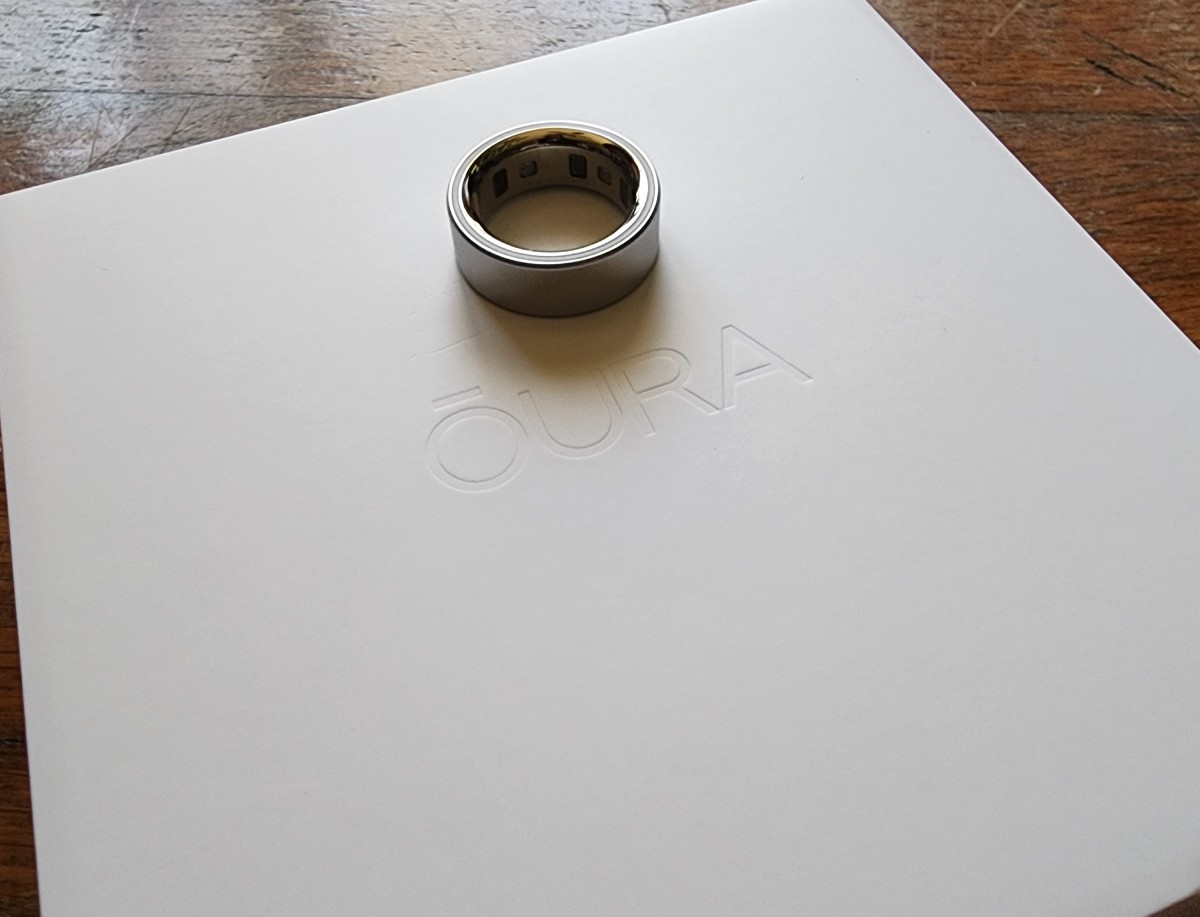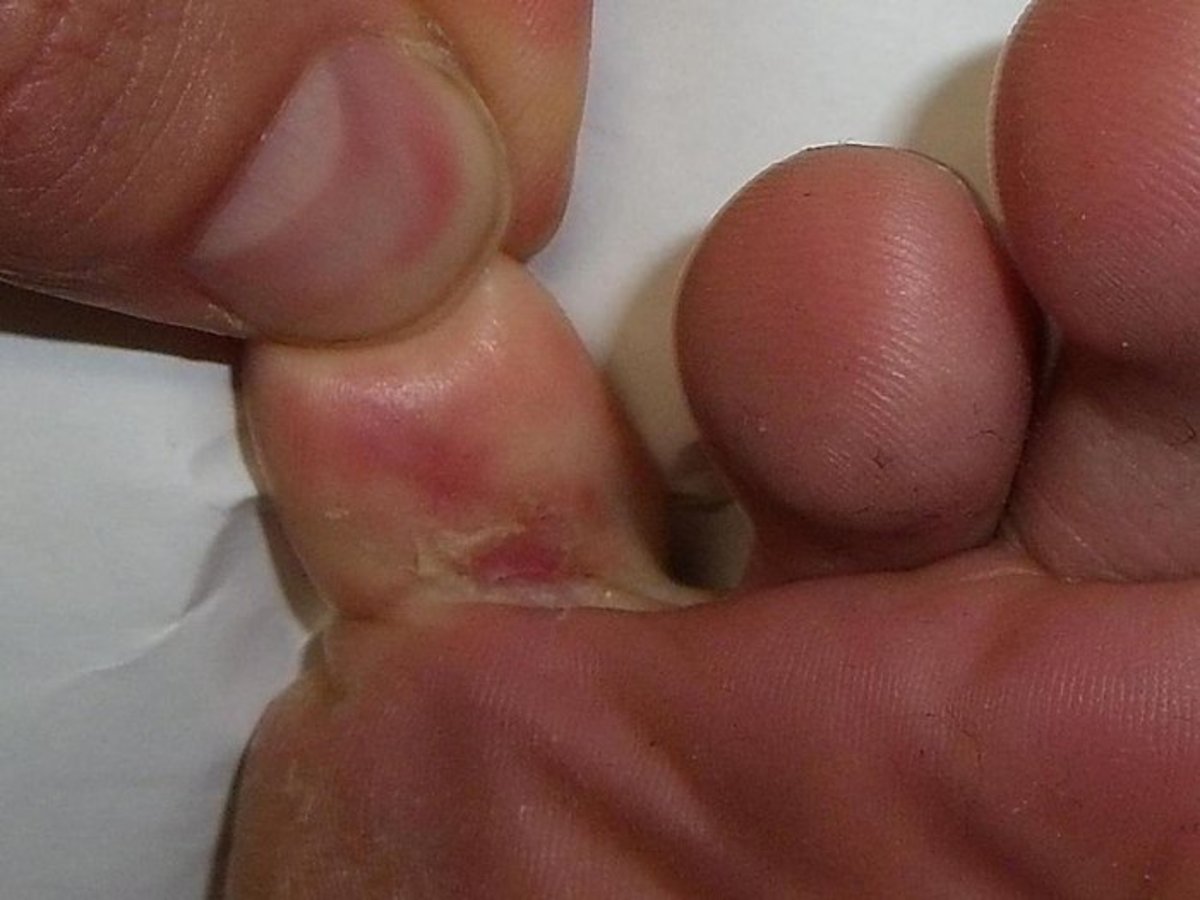Professional Athletes Treat Arthritis, Tendinitis and Other Joint Injuries Using PRP Instead of Surgery
PRP treatments can help eliminate the need for knee replacement surgery
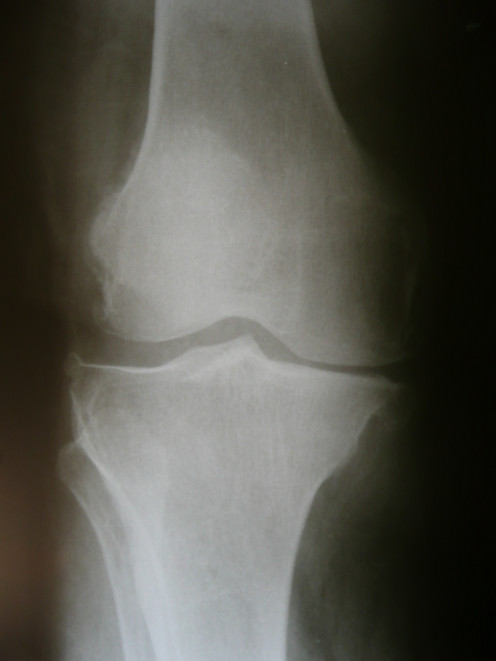
While cortisone shots relieve pain, PRP promotes healing
Between sports activities and an aging population, many more people have either chronic injuries – torn or scarred ligaments, muscles or tendons - that won’t heal, or cartilage loss due to arthritis. Until recently, as those sore and inflamed joints flared up again and again, the standard treatments were prescribed - rest, anti-inflammatory and pain medications, cortisone shots, physical therapy and maybe surgery.
Now new treatments are available that go beyond these standard procedures. The new treatments are safe and easy, not any worse than getting a cortisone shot, and they can mean avoiding surgery, even for joint replacements.
New discoveries are being developed in a class of treatments called “biologics”. Basically, biologics uses your own tissue – in this case, your blood - which eliminates any contamination risk associated with donors. The extracted tissue is manipulated in various ways, and put back into your own body at the site of the damage, to stimulate and eccelerate healing. The manipulation is usually done to concentrate the healing components that already exist in the extracted blood or other tissue.
One type of biologics treatment is becoming more widely available in the U.S. for everything from mildly arthritic joints to tennis elbow, sore knees and achilles tendon injuries. This type of treatment, called Platelet Rich Plasma, or PRP, replaces some surgeries with a series of injections in the problem joint. These injections either greatly delay the need for surgery or completely heal the injury, depending on the problem. While PRP isn’t recommended for extensive bone-on-bone cartilage loss due to arthritis, it is highly recommended if some cartilage loss is located fairly early in osteoarthritis, or Baby Boomer arthritis.
While all PRP starts with blood being removed from the body, and ends with it being returned to the body at the damaged site, different types of PRP are based on how the blood is manipulated while it is outside of the body.
For example, with a PRP treatment called Regenokine, which is available in Germany, blood is taken from the patient. Then it is incubated at a somewhat elevated temperature to give it a “fever”, which causes more healing immune responses to be stimulated within the plasma in the sample. Then the blood is centrifuged to separate the red blood cells and other blood components from the plasma, which is rich in healing platelets. The plasma is then injected back into the patient at the damaged site.
Kobe Bryant used Regenokine on his arthritic knee. He flew to Germany twice for the injections, and was able to return to basketball. (Before the treatments, he had talked of retiring at the age of 34.)
This form of PRP treatment and many others can not be done in the U.S. because of a badly-worded and vague FDA regulation. The regulation says that if tissue is treated in any but the most basic ways, it must be reclassified as a drug, and is then subject to much stricter regulations. However, a few types of PRP are available.
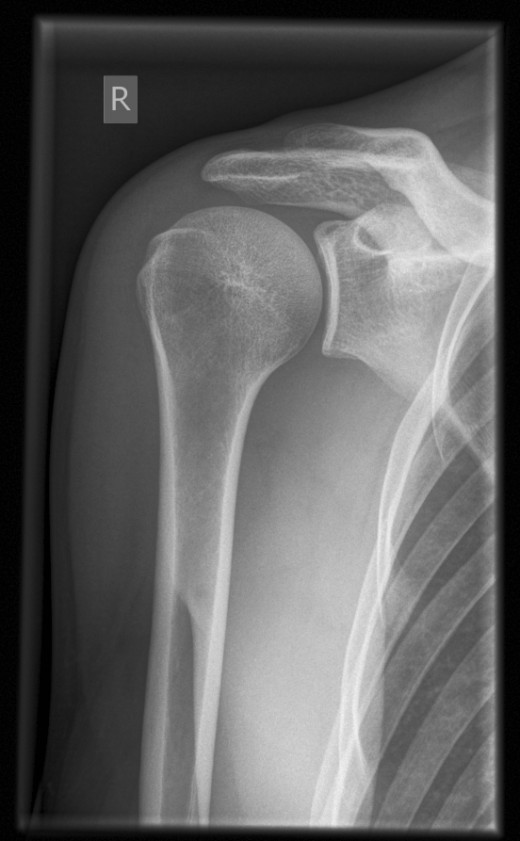
Platelet rich plasma contains concentrated components that promote healing
The most basic form of PRP treatment, which can be done in the U.S., uses about 30 millimeters (about an ounce) of the patient’s blood. The blood is centrifuged, then the separated plasma is injected in the damaged joint.
Because different blood components have different weight, the blood can be separated into parts. Red blood cells are heavier than plasma. So when the blood is put in a centrifuge, the spinning will cause the red blood cells to sink to the bottom of the vial and the lighter plasma to rise in a layer toward the top. Then the healing-rich plasma alone can be injected into the injury site. This treatment starts at about $500 per injection, and takes from a couple of days to a week to see early results. As the body repairs itself, the early results will continue to improve over the next few weeks, or even months.
Joints, which have cartilage, tendons and ligaments, have a harder time healing after any type of injury because joints also naturally have a poor blood supply. So they have less access to the rich healing properties found in blood. Removing the plasma, which is rich in growth factor and other healing aids, concentrates these healing blood components by isolating the type of plasma that contain them from the blood components that contain much lower amounts of healing components. Injecting the PRP into the site of injury provides that location with the rich mixture of growth factors, including human growth hormone, that the location would not otherwise receive. Some of the natural healing components from your blood that are brought directly to the damaged area by PRP injection are:
connective tissue growth factor
platelet derived growth factor
epidermal growth factor
fibroblast growth factor
transforming growth factor beta
insulin-like growth factors 1 and 2
interleukin 8
vascular endothelial growth factor
keratinocyte growth factor
Other sports greats, both professional and olympic, have also been using PRP. Tiger Woods used PRP for both elbow and knee injuries, Hines Ward used it in his knee, and Kobe Bryant convinced Alex Rodriguez (A-Rod) to do the same PRP treatment that he used.
Some PRP procedures were originally used to aid healing after spinal cord injuries, then were adopted after plastic surgery and some extensive dental surgeries. PRP has also been used in veterinary medicine. It is now being used in orthopedic medicine. Basic PRP is significantly cheaper and less risky than surgery, and it requires no more healing time than resting the joint does. For those reasons, many insurance companies are willing to approve it, based on the treating physician’s opinion.
As with any treatment, a doctor should be chosen who has previously done PRP injections. If the injection is not done properly, the treatment will not work. Currently, this usually means seeking the services of a limited number of specialists in sports medicine and orthopedics.

Platelet-Rich Plasma is separated from red blood cells
Because of its rich mixture of healing components, PRP is now the basis for new research into healing different types of injuries and illnesses that are destructive to tissue. One study of PRP is being conducted at Stanford University Medical Center on healing after a heart attack. So far, animal studies on heart attacks have shown a 38% increase in healing of heart tissue after injection of PRP as opposed to injection of simple saline solution.
However, as PRP is not known to cause any adverse reactions, it seems only logical that killing animals could be avoided by conducting human studies by injecting volunteer patients with their own PRP tissue. (The accuracy of animal studies is always in question until human studies are done anyway. Besides, in the real world, it’s extremely rare for a mouse to be treated for a heart attack.)


